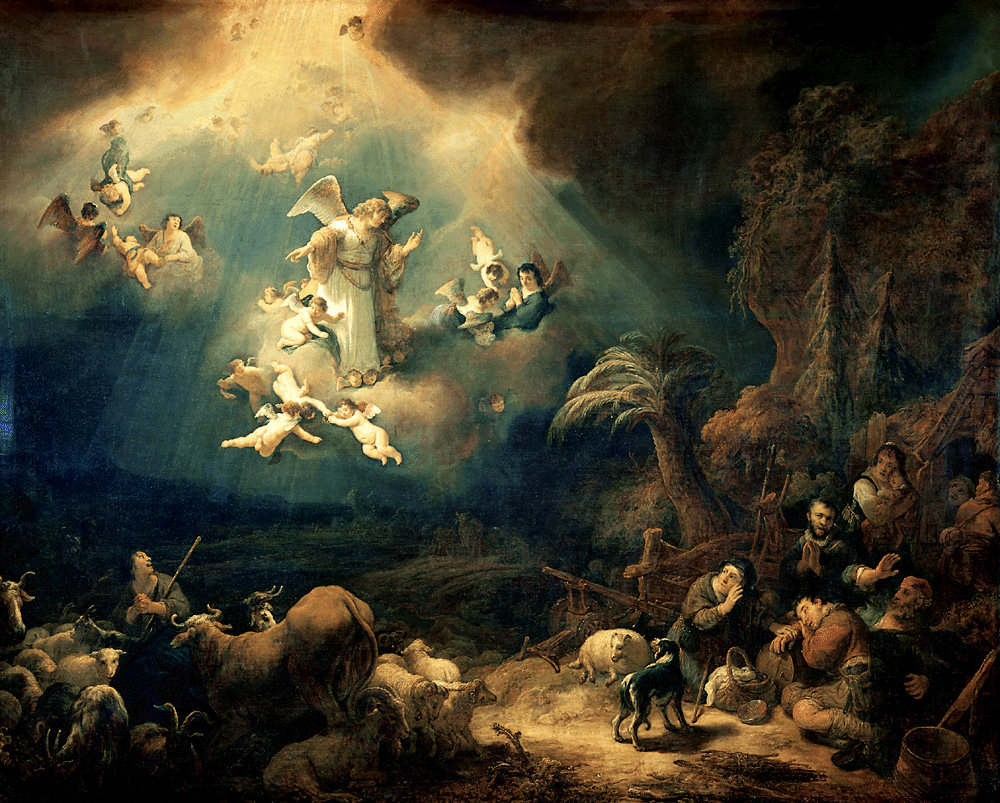Kerby Anderson
It is estimated that Charles Wesley wrote over 6500 hymns. Perhaps his best-known hymn is “Hark! the Herald Angels Sing.” Over the years it has been edited slightly, but the meaning and theology remain as he wrote it more than two centuries ago.
It begins with a proclamation of the birth of Jesus: “Hark! the herald angels sing, Glory to the newborn King; Peace on earth, and mercy mild, God and sinners reconciled.”
The hymn reminds us why Christ came to earth. Jesus came into the world to bring peace, but many who sing this song fail to realize that it was to bring peace between us and God. Wesley’s hymn reminds us that His birth was so that God and sinners could be reconciled. We are the sinners in this hymn, for all have sinned and fallen short of the glory of God (Romans 3:23). All we like sheep have gone astray (Isaiah 53:6). We have broken God’s commandments and need to be reconciled with God. This was done when Christ died for our sins (1 Corinthians 15:3).
This hymn by Charles Wesley goes on to describe who Jesus Christ is. “Christ by highest heaven adored; Christ, the everlasting Lord! Late in time behold Him come, offspring of the Virgin’s womb. Veiled in flesh the Godhead see; hail the incarnate Deity, Pleased as man with men to dwell, Jesus our Emmanuel.”
This is the wonder of the Incarnation. Jesus became the “offspring of the Virgin’s womb.” God became man and was “veiled in flesh” even though He was the “incarnate Deity.”
This Christmas week, let us all once again reflect upon the Incarnation. How wonderful yet mysterious that God would become man and dwell among us. And that He would be willing to die on a cross for our sins. 
 Listen Online
Listen Online Watch Online
Watch Online Find a Station in Your Area
Find a Station in Your Area










 Listen Now
Listen Now Watch Online
Watch Online
